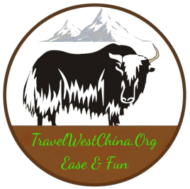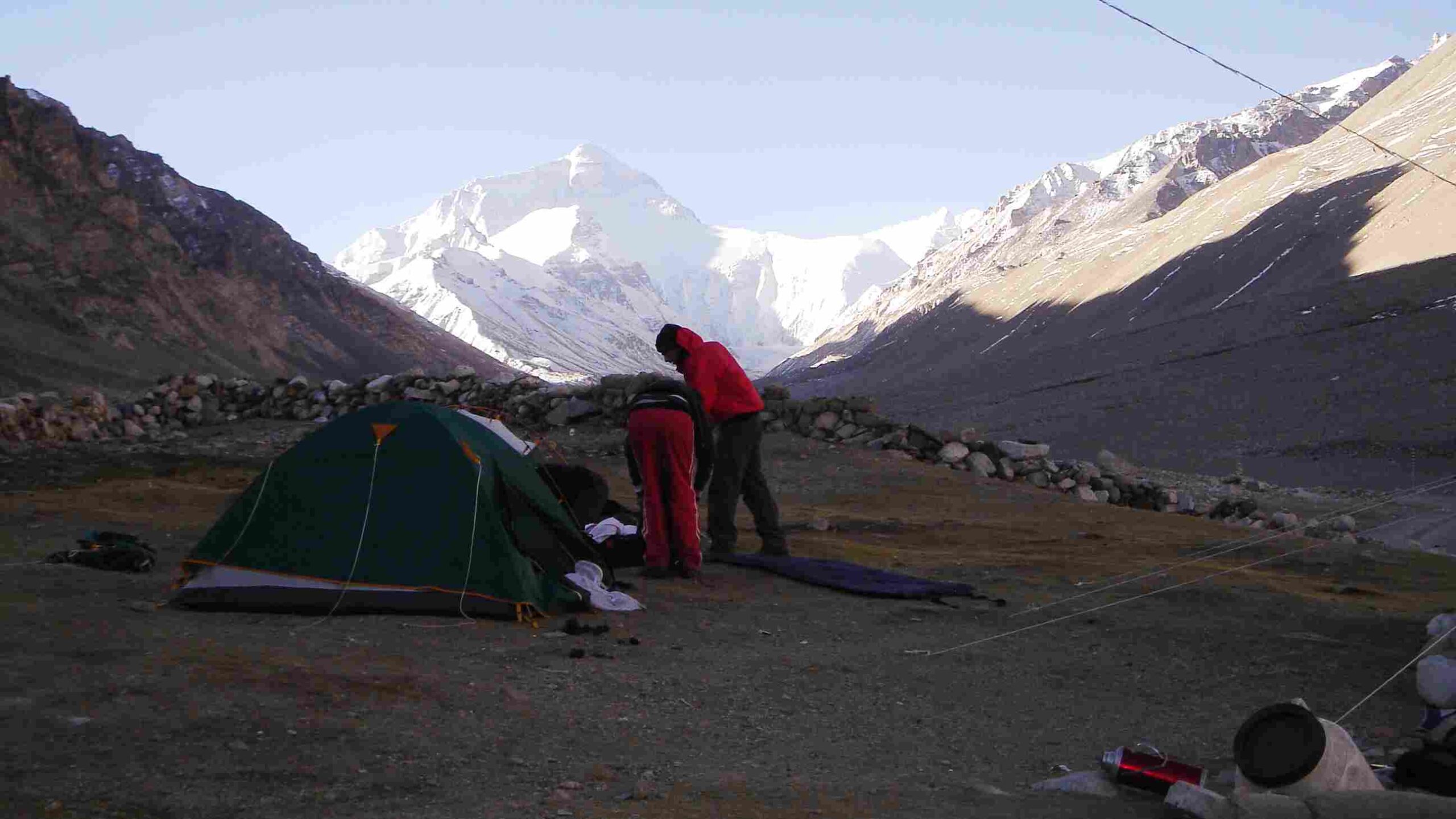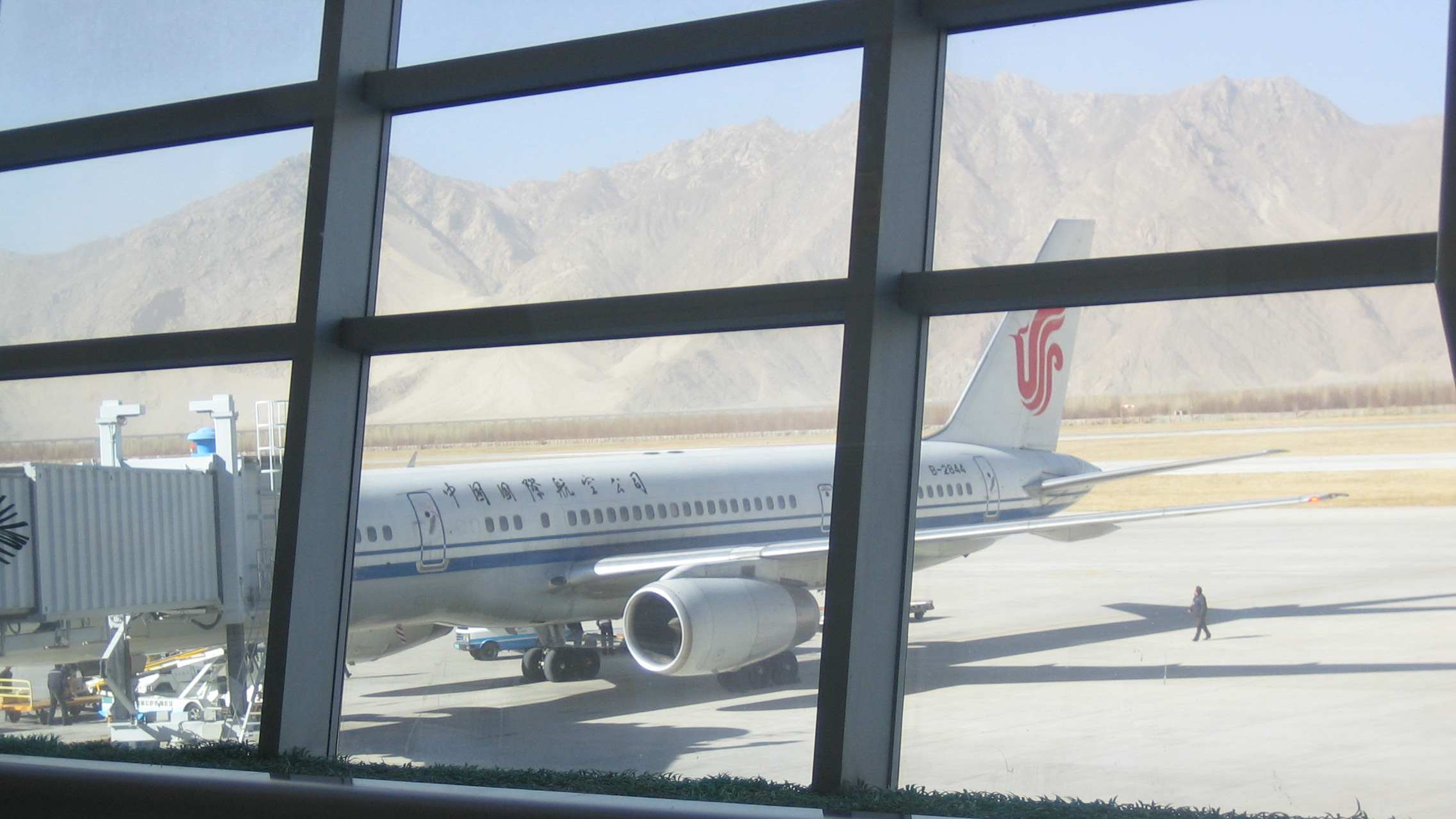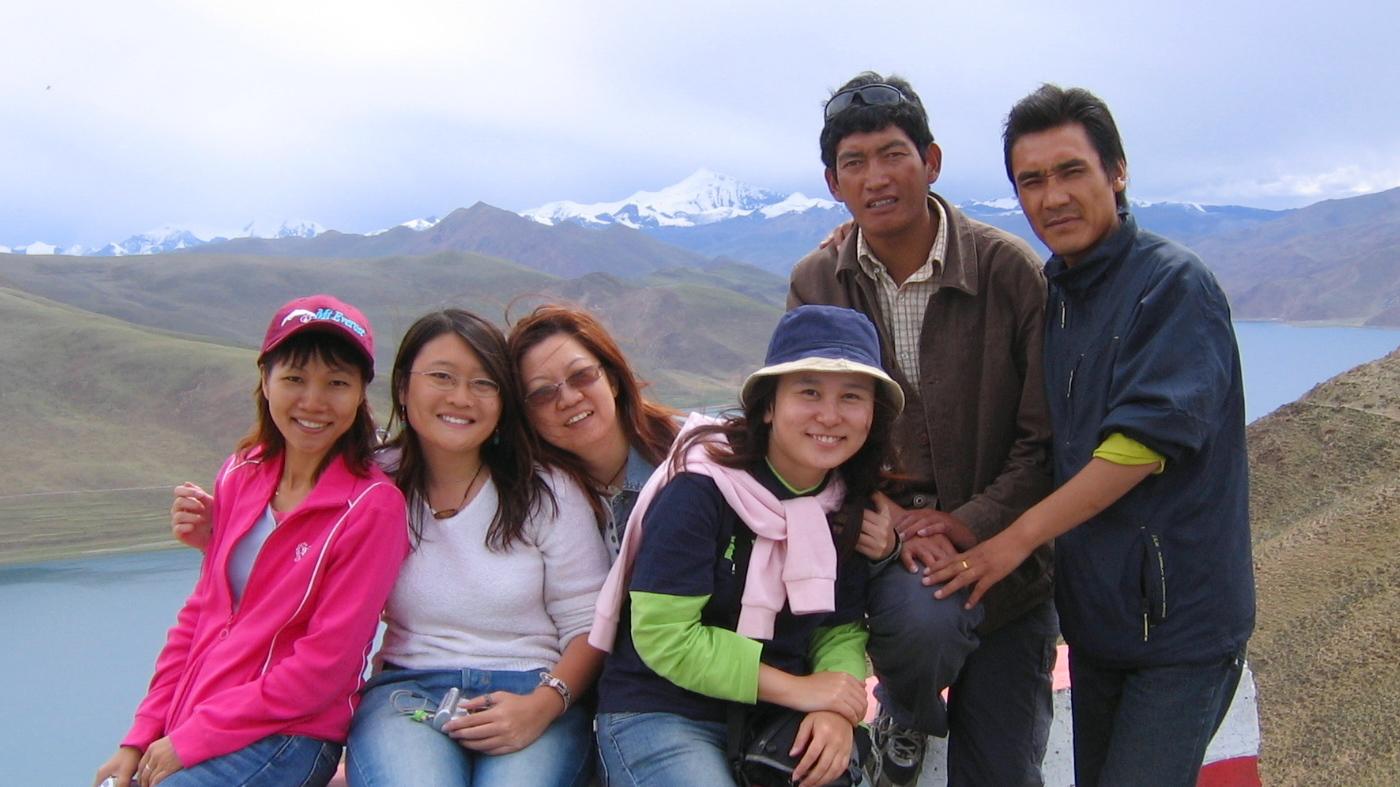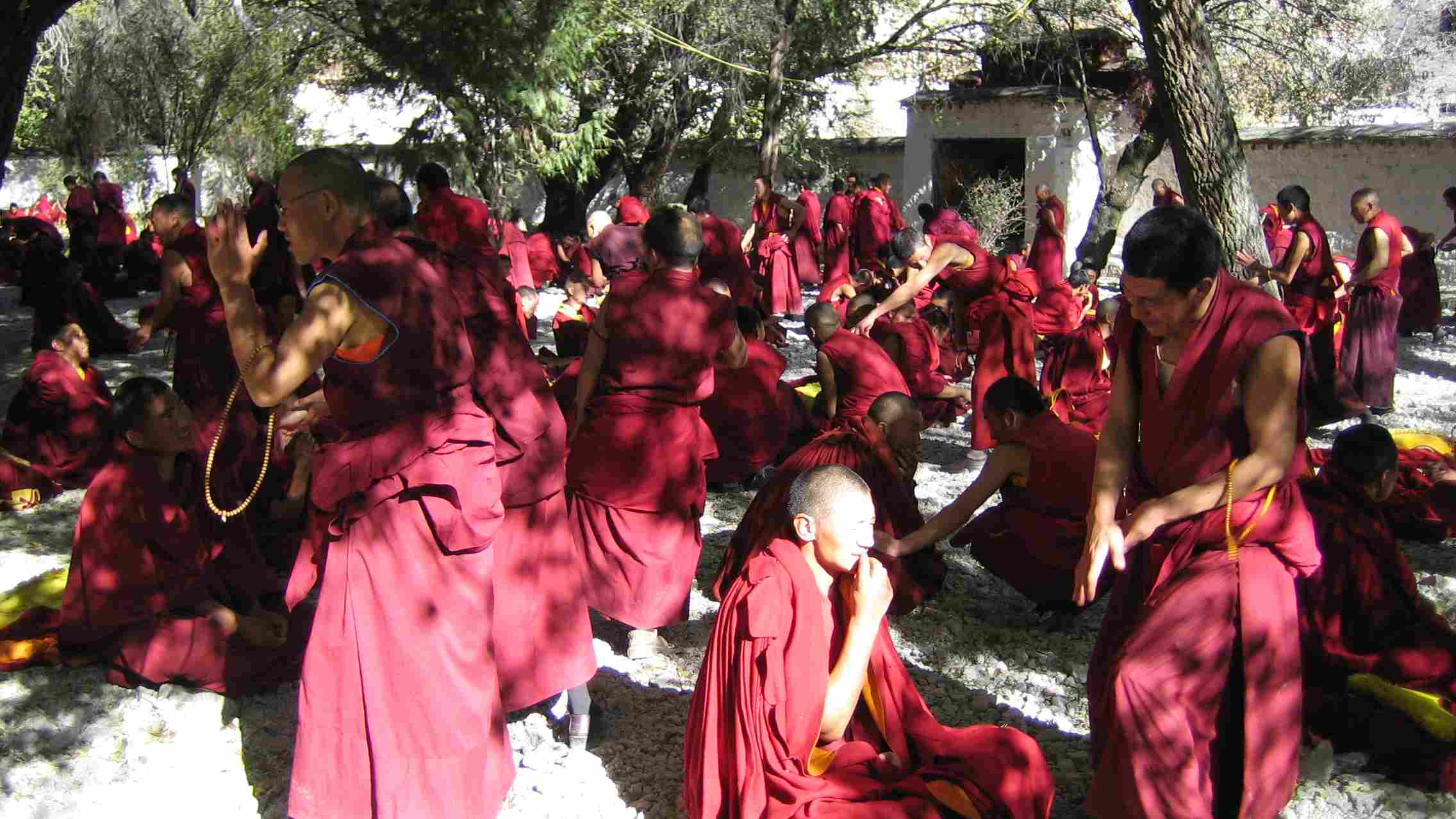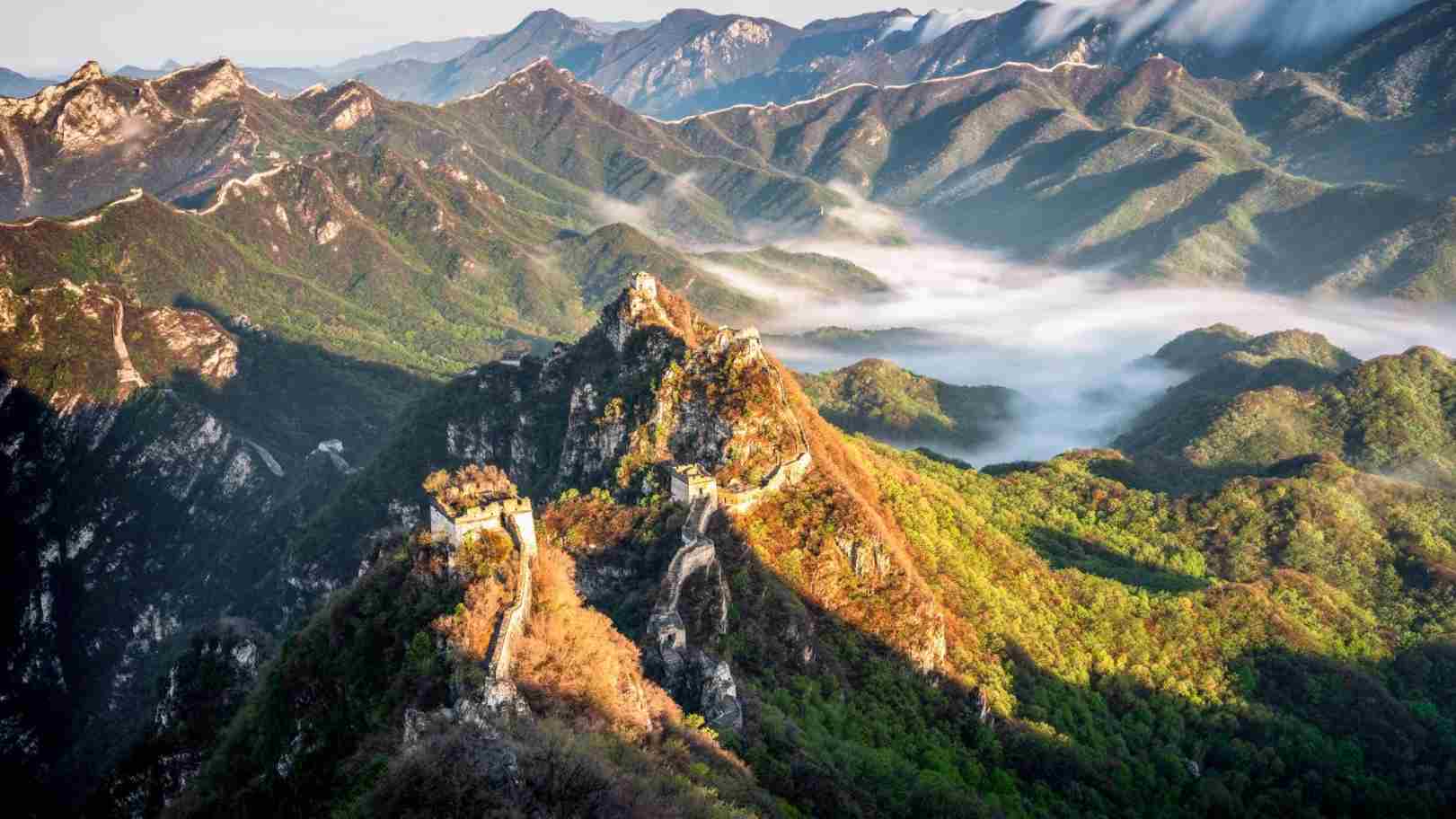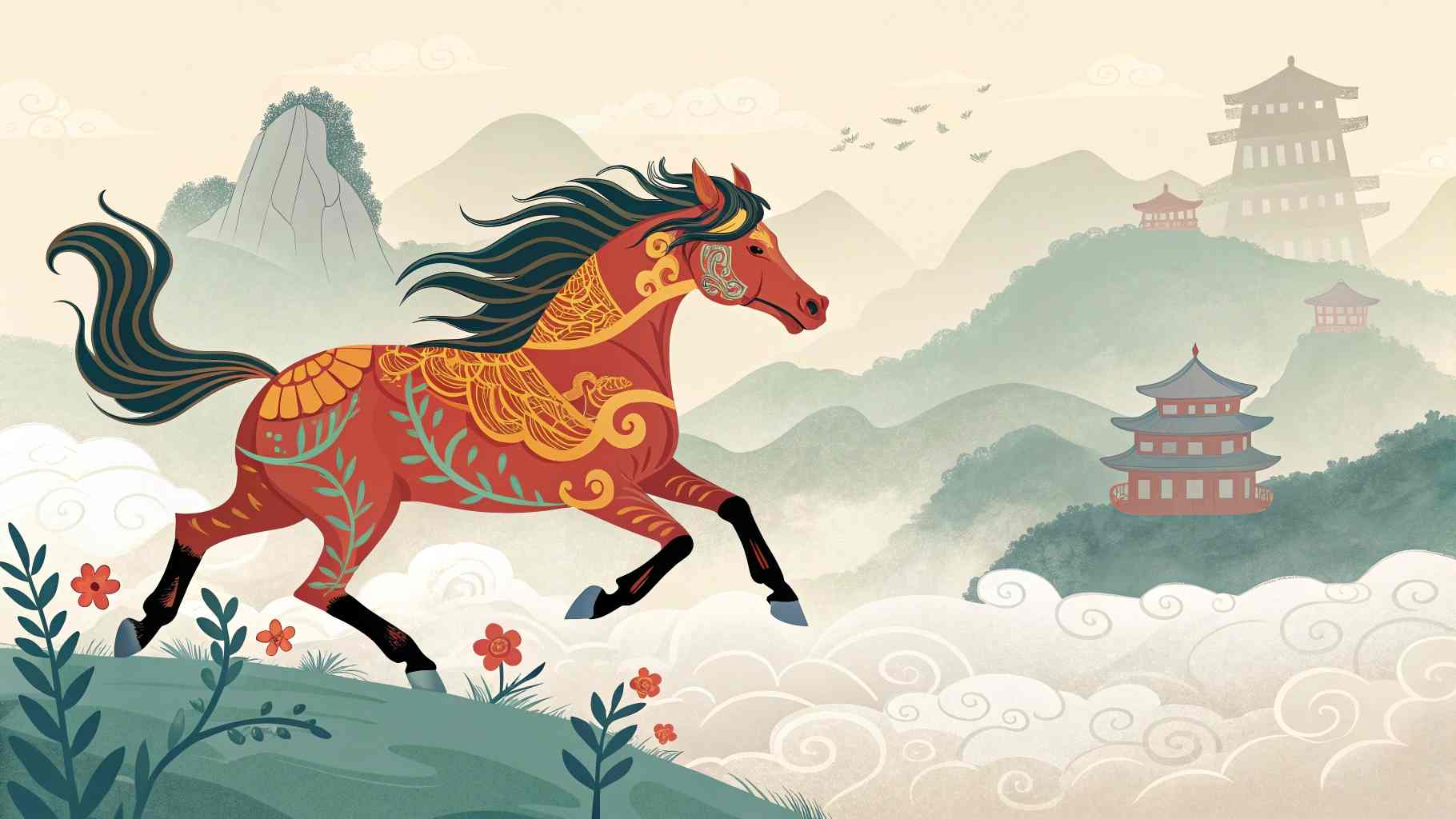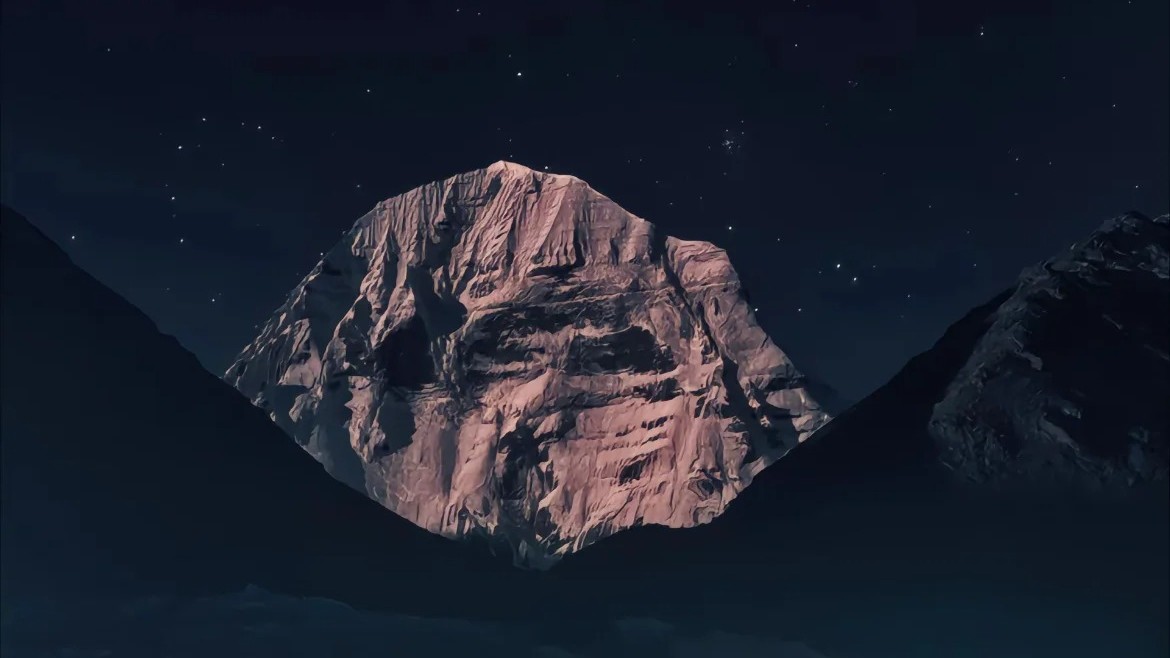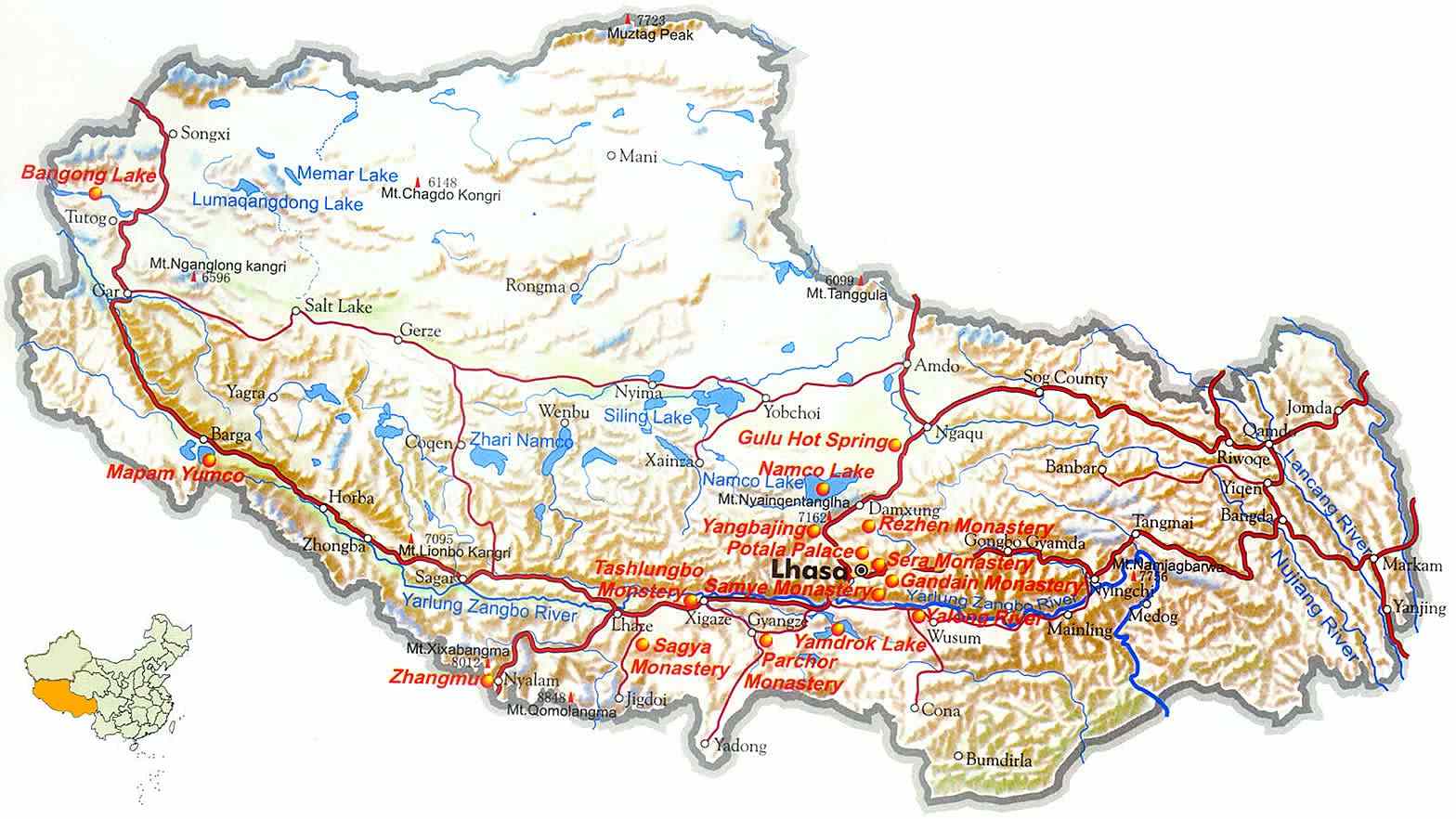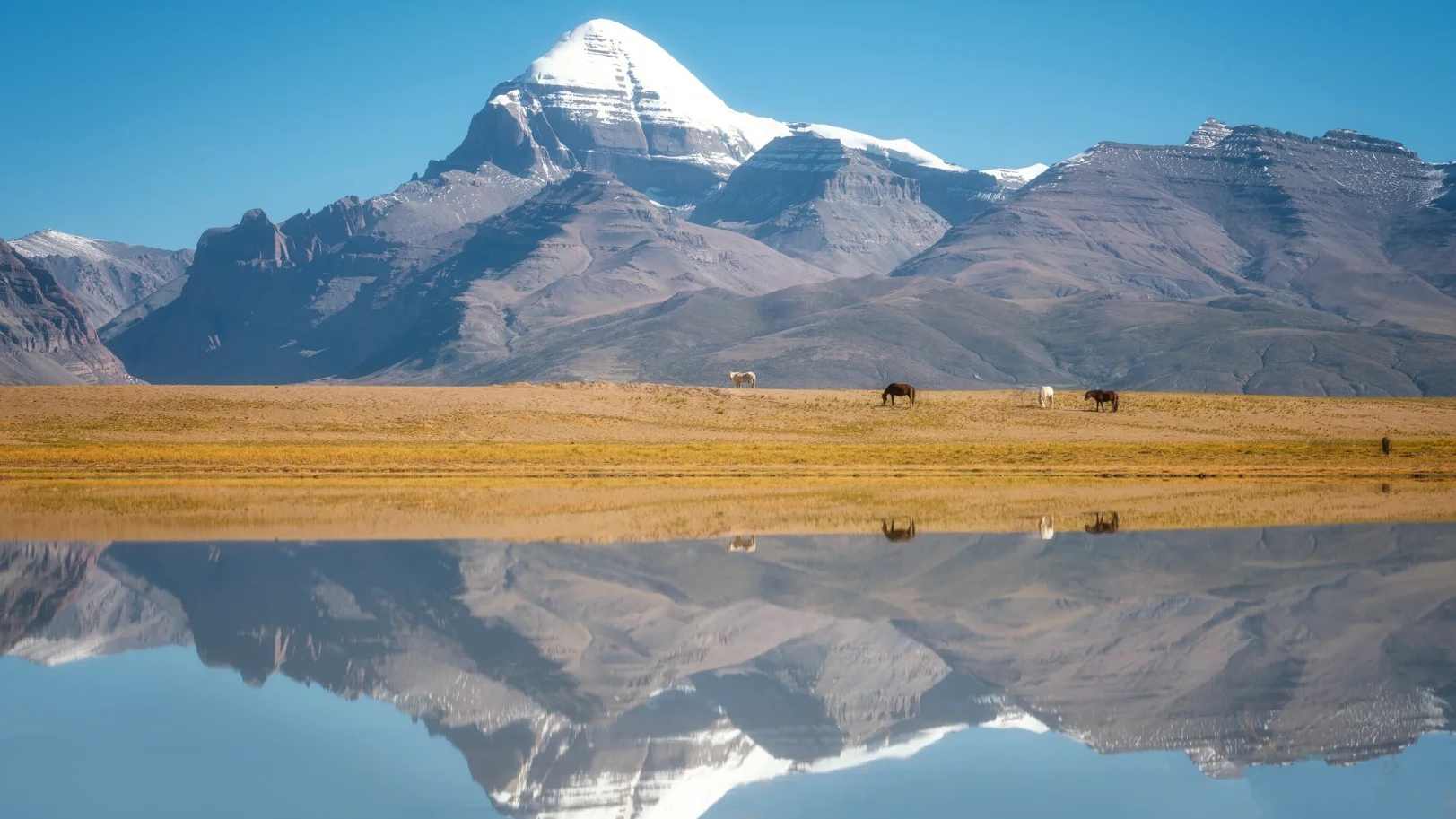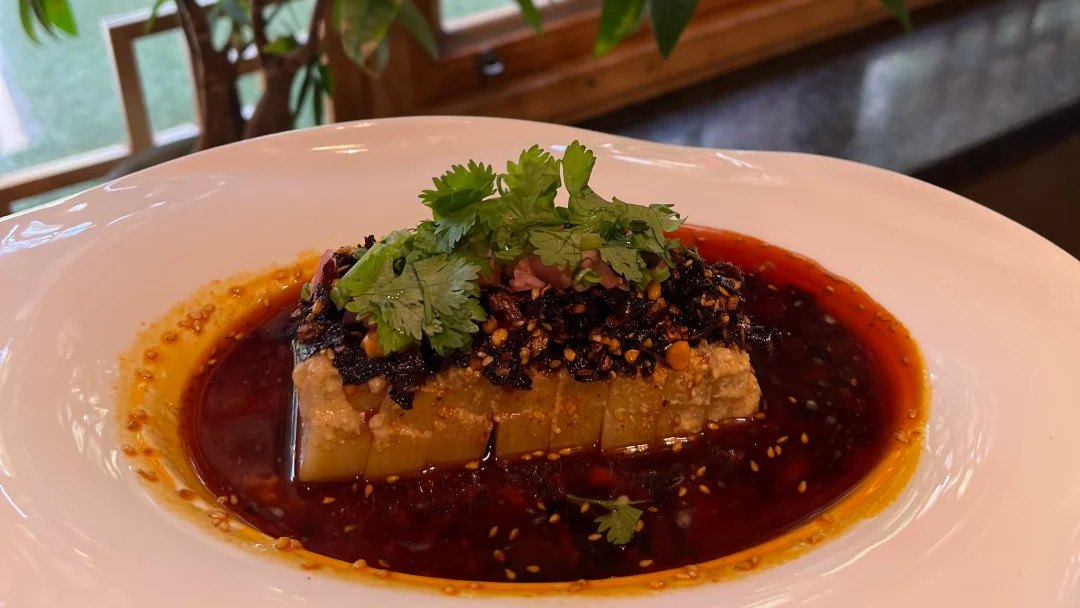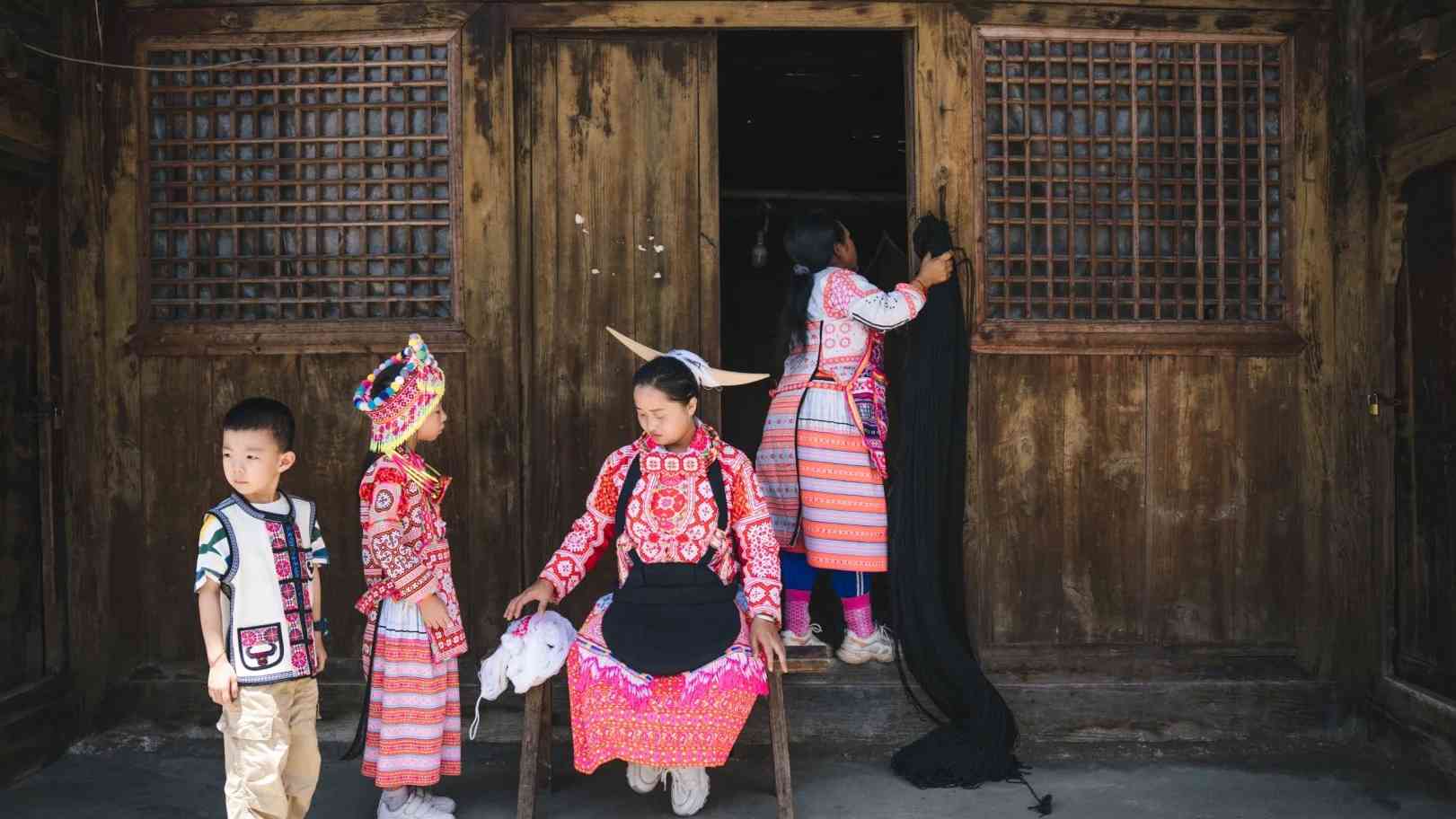Longing to explore Tibet's sacred peaks and boundless plains? But overwhelmed by logistics, permits, and choices? Let's find your perfect Tibetan journey.
The best way to visit Tibet combines convenient travel to Lhasa (fly or train), with a well-organized tour (private or small group) tailored to your interests, budget, and available time. This ensures all permits are handled and your experience is enriching.
Now you have a general idea, but "best" is subjective. Let's delve into specific aspects of planning your trip with Travel West China. This will help you make informed decisions for an unforgettable adventure to the Roof of the World.
Should I Fly or Take the Scenic Train to Reach Tibet?
Weighing flight speed against the train's epic views? Choosing your entry to Tibet is a big decision. Let's explore the options.
Flying is faster and offers more schedule flexibility. The train provides breathtaking scenery and a gradual ascent that may aid acclimatization, but tickets are harder to secure and the journey is long.
Deciding how to enter Tibet is one of the first big steps. Both flying and taking the train have their unique advantages and disadvantages.
Flying to Lhasa: The Swift Arrival
Flying is undoubtedly the quickest way to reach Lhasa. Major cities like Chengdu, Beijing, Xi'an, and Shanghai offer direct or connecting flights. This is excellent if you have limited time. For example, our cooperative agent in Malaysia often plans his clients' trips and prefers flying into Lhasa, usually from Chengdu. He values the time saved, which gives his clients more days to explore Tibet's wonders.
At Travel West China, we make sure his guests' Tibet Travel Permit1 always ready at their hotel in the departure city, ensuring a smooth check-in. The main consideration with flying is the rapid ascent to Lhasa's high altitude (around 3,650 meters or 11,975 feet). You'll need to take it very easy for the first couple of days to acclimatize.
The Qinghai-Tibet Railway: A Journey of a Lifetime
The train journey to Tibet is legendary. It's the world’s highest railway2, and the views across the Qinghai-Tibetan Plateau are simply stunning – vast grasslands, snow-capped mountains, and maybe even some wildlife. The journey typically takes anywhere from 20 to over 40 hours, depending on your departure city (Xining is the shortest route).
While the gradual ascent might help slightly with acclimatization compared to flying, it's not a foolproof solution; you still need to be cautious upon arrival. Securing train tickets, especially for soft sleepers, can be very challenging during peak tourist seasons. I always advise clients who dream of this journey to let us book tickets far in advance. Many younger adventurers or those with a more relaxed schedule find this trip a highlight in itself.
Which is "Best" for You?
Ultimately, the choice depends on your priorities:
- Limited Time: Flying is your best bet.
- Scenery & Experience: The train offers an unparalleled journey, if you have the time and can secure tickets.
- Altitude Concerns: Both methods require careful acclimatization in Lhasa. Don't assume the train makes you immune.
We discuss these options with some of our clients. For instance, Hilla, a travel agent from Indonesia, sometimes has groups where some members prefer to fly while others opt for the train experience. We coordinate the logistics to ensure everyone meets up smoothly in Lhasa.
Is a Private Tour or a Group Tour Better for My Tibet Trip?
Craving flexibility or seeking travel companions and lower costs? Choosing your tour style is key to your Tibetan experience. Let's compare.
Private tours offer maximum flexibility, personalized itineraries, and direct interaction with your guide. Group tours are more budget-friendly and allow you to meet fellow travelers, but operate on a fixed schedule.
Once you've decided how to get to Tibet, the next big question is the type of tour. Remember, independent travel isn't allowed for foreigners in the Tibet Autonomous Region.
The Personalized Path: Private Tours
A private tour means the itinerary, vehicle, driver, and guide are all dedicated exclusively to you, your family, or your group of friends. This offers incredible flexibility.
Want to spend an extra hour at a monastery that captivates you? Interested in a specific aspect of Tibetan culture, like thangka painting or local handicrafts? A private tour can be tailored to your exact interests and pace.
Mr. Yap, for his family holidays3, always chooses private tours4. He appreciates the ability to adjust the schedule based on his family's needs and interests, ensuring a comfortable and deeply personal experience. This is ideal for families with children, travelers with specific interests like photography or trekking, or those who simply prefer a more intimate experience.
The cost per person is generally higher than a group tour, but the value comes in the bespoke service. I once helped a couple from Europe plan a private birdwatching tour in very remote Tibetan areas – something utterly impossible on a standard group itinerary.
The Sociable & Economical Choice: Group Tours
Group tours involve joining a pre-set itinerary with other travelers. These are often more budget-friendly as the costs for the guide, vehicle, and driver are shared among participants. It's a great way to meet like-minded people from around the world.
Our group tours at Travel West China are typically small, ensuring a better experience than massive bus tours. They cover the main highlights – Potala Palace, Jokhang Temple, Everest Base Camp – making them a good option for first-time visitors who want a comprehensive overview without the higher cost of a private tour.
Hilla sometimes booked our small group tours5 for her clients from Indonesia who are traveling solo and looking for a good balance of seeing key attractions and managing their budget. We ensure our "no forced shopping" policy applies to all our tours, focusing on authentic cultural experiences. The main trade-off is the lack of flexibility; the itinerary and pace are fixed.
Making Your Choice:
| Feature | Private Tour | Group Tour |
|---|---|---|
| Cost | Higher per person | Lower per person |
| Flexibility | High (custom itinerary, pace) | Low (fixed itinerary, pace) |
| Interests | Excellent for niche or specific interests | Covers general, popular sights |
| Social | Intimate (your party only) | Meet other travelers |
| Guide Focus | Dedicated to your party | Shared among the group |
The "best" choice here truly depends on your travel style and budget.
What's the Ideal Duration for a First-Time Tibet Visit?
Want to see it all but unsure how much time to dedicate? Balancing your wishlist with practicalities is crucial for a fulfilling Tibet trip.
For a first visit, 7-10 days is ideal. This allows for acclimatization in Lhasa (2-3 days), exploring key city sites, and an overland trip to Everest Base Camp or other significant locations like Shigatse or Namtso Lake.
How long should you spend in Tibet? This is a common question, and the answer depends on what you want to see and experience, always keeping altitude acclimatization in mind.
Core Lhasa Experience (3-4 Days)
If you are extremely short on time, a 3 to 4-day trip focusing solely on Lhasa is possible. This typically includes:
- Day 1: Arrive in Lhasa, rest and acclimatize.
- Day 2: Potala Palace and Jokhang Temple, Barkhor Street.
- Day 3: Drepung Monastery and Sera Monastery (to see monk debates).
- Day 4: Depart.
This gives you a taste of Tibet's spiritual heart but only scratches the surface. The first day is crucial for acclimatization.
Lhasa & Everest Base Camp (EBC) (7-8 Days)
This is one of the most popular itineraries for first-time visitors. It combines the highlights of Lhasa with the breathtaking journey to the north face of Mount Everest. A typical outline looks like this:
- Day 1-3: Arrive in Lhasa, acclimatize, explore Potala Palace, Jokhang Temple, Barkhor Street, Drepung, and Sera Monasteries.
- Day 4: Drive Lhasa to Shigatse via Yamdrok Lake and Gyantse (Pelkor Chode Monastery & Kumbum Stupa).
- Day 5: Drive Shigatse to Rongbuk Monastery/Everest Base Camp.
- Day 6: Sunrise at EBC, drive back to Shigatse.
- Day 7: Drive Shigatse back to Lhasa.
- Day 8: Depart.
This route, which clients often enjoys with his family, offers incredible scenery and iconic landmarks.
Adding More Depth (10-15+ Days)
With more time, you can explore further:
- Namtso Lake: Add 1-2 days from Lhasa to visit this stunning sacred lake. It's a beautiful high-altitude excursion.
- Mount Kailash & Lake Manasarovar: This is a profound pilgrimage and a challenging trek (kora) in far western Tibet. It requires about 15-18 days in total from Lhasa and back, due to the remote location and acclimatization needs. Hilla has arranged such spiritual journeys for her more adventurous clients.
- Eastern Tibet (Nyingchi): Known for its beautiful forests and lower altitudes, offering a different landscape.
- Off-the-Beaten-Path Exploration: Delving into regions like Kham (parts of which are in the TAR) or Guge Kingdom ruins. We at Travel West China specialize in crafting these unique itineraries.
Rushing your Tibet trip is never a good idea due to the altitude. More time allows for better acclimatization and a richer experience.
When Is the Very Best Time of Year to Visit Tibet?
Concerned about freezing winters or rainy summers in Tibet? Choosing the right season can significantly enhance your experience on the high plateau.
The best time to visit Tibet is generally from April to October. Spring (April-May) and autumn (September-October) offer pleasant weather, clear skies, and fewer crowds than summer (June-August), which can be rainy.
Tibet's high altitude means its weather can be extreme. Choosing the right season is important for comfort and for seeing those famous mountain views.
Spring (April - May)
This is a wonderful time to visit. Temperatures are becoming pleasant, the skies are often clear, and it’s before the main summer rush. You'll see flowers blooming in some lower valleys. It's great for outdoor activities and photography. Evenings and higher altitudes (like Everest Base Camp) can still be quite cold.
Summer (June - August)
Summer brings the warmest temperatures, and the landscapes are at their greenest. It's also when some major Tibetan festivals, like the Shoton (Yogurt) Festival, occur in Lhasa. However, this is the peak tourist season, so expect more crowds and higher prices. It's also the rainy season. While rain often falls at night, it can lead to overcast days, potentially obscuring mountain views. I’ve been in Lhasa many times during summer; it’s vibrant, but sometimes the hazy skies hide the distant peaks.
Autumn (September - October)
Many consider this the absolute best time. The weather is generally stable with crisp, clear air, providing excellent visibility for mountain panoramas. Temperatures are comfortable for sightseeing and light trekking. You might catch some beautiful autumn colors. It's still a popular season, so booking tours and accommodation in advance is wise. Mr. Yap often plans his family trips for September or October precisely for this reason – to get the best combination of good weather and stunning views.
Winter (November - March)
Visiting Tibet in winter offers a very different experience. There are far fewer tourists, the skies are incredibly clear and sunny during the day (though nights are very cold). You might see snow-capped landscapes even around Lhasa. Prices for tours and hotels can be lower. It's a great time to see Lhasa filled more with local pilgrims than tourists. However, it is extremely cold, especially outside Lhasa. High passes to places like Everest Base Camp or Mount Kailash are often snowbound and inaccessible. Many guesthouses in remote areas close down.
Important Note: Tibet is typically closed to foreign tourists from late February until the end of March each year due to sensitive anniversaries. We always keep our clients updated on the exact dates.
Here's a quick guide:
| Season | Months | Weather Highlights | Crowds | Considerations |
|---|---|---|---|---|
| Spring | Apr-May | Pleasant, clear, flowers | Moderate | Can be cool, especially at night/altitude |
| Summer | Jun-Aug | Warm, green, festivals | High | Rainy season, peak prices, potential for cloudy skies |
| Autumn | Sep-Oct | Clear, crisp, stable, best mountain views | High-Mod | Book ahead, getting cooler towards end of Oct |
| Winter | Nov-early Feb | Cold, very clear, sunny days | Low | Very cold, some areas inaccessible, Tibet usually closed mid-Feb to Mar |
Conclusion
The "best" way to visit Tibet is deeply personal, blending your available time, budget, interests, and desired comfort level. Thoughtful planning with a reliable, experienced agency like Travel West China is the key to an unforgettable and smoothly executed journey to this extraordinary land.
-
Understanding the Tibet Travel Permit process is crucial for a smooth trip. Explore this resource to ensure you have all necessary documentation before your journey. ↩
-
This link will help you discover the unique features and experiences offered by the world’s highest railway, enriching your travel knowledge. ↩
-
This resource will help you discover top family-friendly destinations, ensuring a memorable holiday experience for everyone. ↩
-
Exploring this link will provide insights into why private tours can enhance family vacations, offering personalized experiences and flexibility. ↩
-
Learn effective strategies for booking small group tours to ensure a seamless and enjoyable travel experience. ↩

